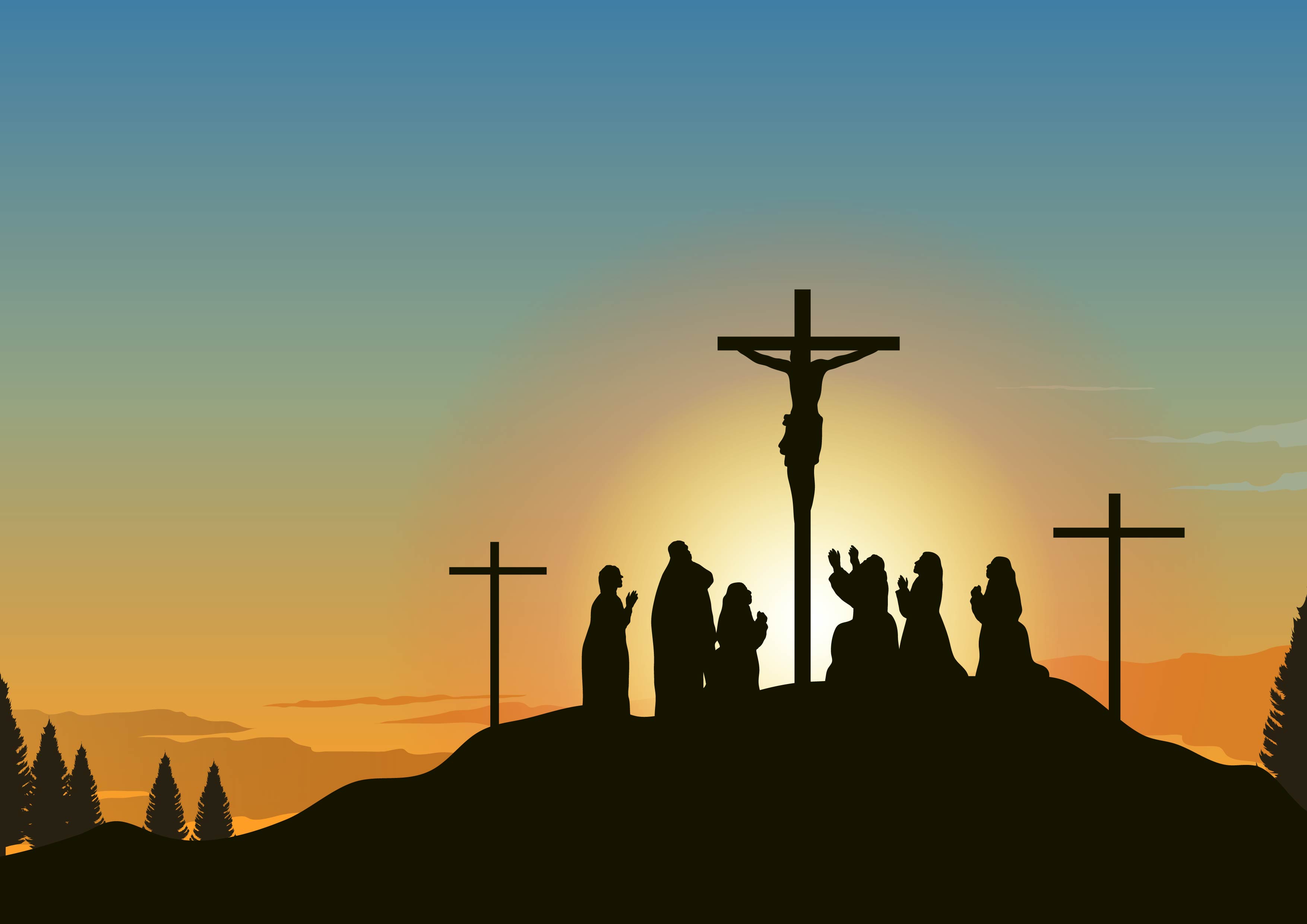A Journey Into The Unknown
Calvarion has captivated the imaginations of many, drawing attention from various fields including history, culture, and even spirituality. This enigmatic term encompasses a rich tapestry of meanings and interpretations, leading to endless fascination. Whether it refers to a place, a concept, or a person, calvarion stands as a beacon for exploration and discovery. As we delve into its depths, we will uncover the layers that make calvarion a topic worth discussing.
The origins of calvarion can be traced back through time, often associated with themes of sacrifice, redemption, and the human condition. Its multidimensional nature invites scholars, enthusiasts, and curious minds alike to explore its significance in different contexts. The allure of calvarion lies not just in its definition, but in the stories, experiences, and emotions it evokes. With this in mind, let us embark on an enlightening journey through the various facets of calvarion.
As we navigate through the complexities surrounding calvarion, we will pose some thought-provoking questions to guide our exploration. What is calvarion in its essence? How does it relate to historical events or figures? What can it teach us about ourselves and our beliefs? These inquiries will serve as stepping stones, leading us deeper into the world of calvarion, as we seek to uncover its mysteries and significance.
What is the Historical Significance of Calvarion?
Calvarion has historical roots that intertwine with significant events and ideologies. Often associated with the term "Calvary," it has biblical connotations linked to the site of Jesus Christ's crucifixion. Over the centuries, calvarion has been depicted in art, literature, and religious texts, symbolizing the ultimate sacrifice made for humanity. Its historical significance extends beyond a mere location; it represents a pivotal moment in time that has shaped the beliefs of millions.
How Does Calvarion Connect to Modern Culture?
In contemporary society, calvarion transcends its historical context, finding its place in popular culture. Movies, music, and literature often draw upon the themes of calvarion, using it as a metaphor for sacrifice, struggle, and redemption. Artists and creators explore these themes to resonate with audiences, sparking discussions about the human experience. The connection of calvarion to modern culture illustrates its continued relevance and adaptability in expressing profound emotions and ideas.
Can Calvarion Be Seen in Art and Literature?
The influence of calvarion can be vividly observed in various artistic expressions. Many renowned artists have depicted scenes inspired by calvarion, capturing the emotional weight of sacrifice and redemption. In literature, authors have woven stories that explore the themes surrounding calvarion, often portraying characters facing moral dilemmas or existential crises. The representation of calvarion in art and literature serves as a reminder of its timeless relevance, inviting audiences to reflect on their own lives.
What Personal Insights Can We Gain from Calvarion?
Beyond its historical and cultural dimensions, calvarion encourages introspection and self-discovery. How does the concept of calvarion resonate with our personal experiences? Each individual may find different meanings within calvarion, prompting reflections on sacrifice, faith, and the struggles we face in our own lives. By exploring our connections to calvarion, we can gain valuable insights into our beliefs, values, and motivations.
Is There a Connection Between Calvarion and Spirituality?
Many people associate calvarion with spiritual themes, viewing it as a symbol of hope and redemption. In various religious traditions, calvarion embodies the idea of enduring trials and emerging stronger. The concept of sacrifice transcends individual beliefs, resonating with those seeking purpose and meaning in their spiritual journeys. Understanding calvarion through a spiritual lens allows individuals to connect with deeper aspects of their faith and humanity.
What Modern Figures Embody the Spirit of Calvarion?
Throughout history, numerous figures have embodied the spirit of calvarion through their actions and beliefs. These individuals often faced adversity, making sacrifices for the greater good. They serve as modern-day representations of calvarion, inspiring others to reflect on their own paths. Examples might include activists, leaders, and artists who use their platforms to advocate for change, demonstrating the power of sacrifice and commitment.
What Lies Ahead for the Concept of Calvarion?
As we look to the future, the concept of calvarion will continue to evolve. With each generation, new interpretations and meanings will emerge, influenced by changing societal values and cultural landscapes. The relevance of calvarion in discussions about sacrifice, redemption, and the human experience will likely endure, encouraging ongoing exploration and dialogue. As we navigate an ever-changing world, calvarion will remain a poignant reminder of the complexities of life and the profound connections we share.
| Personal Details | Bio Data |
|---|---|
| Name | Calvarion |
| Origin | Historical and Cultural Roots |
| Significance | Symbol of Sacrifice and Redemption |
| Influences | Art, Literature, and Spirituality |
| Modern Representation | Activists, Leaders, Artists |
| Future Prospects | Continued Relevance and Adaptability |
In conclusion, calvarion embodies a rich tapestry of meanings that span historical, cultural, and personal dimensions. As we continue to explore its significance, we are reminded of the profound complexities of the human experience. Calvarion invites us to reflect on our beliefs, our struggles, and our aspirations, urging us to embrace the multifaceted nature of life.
Also Read
Article Recommendations



ncG1vNJzZmivp6x7tMHRr6CvmZynsrS71KuanqtemLyue8Clo6edp6iDcK%2FApa2aqpmku2%2B006aj